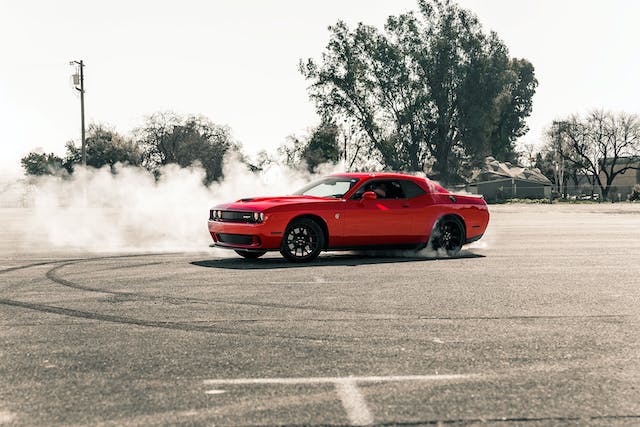People used to love using chrome on their cars to make them look expensive and luxurious. The metal was favored for its sleek and shiny finish and the protective elements of chromium. Here’s the history of the look and how vintage cars got their polished trim, making them truly stand out from the crowd.
Where Did Chrome Plating Begin?
It all starts with the discovery of electrolysis in the early 19th century. Italian chemist Luigi Brugnatelli discovered that if you submerged a metallic object into a solution of dissolved gold and applied an electric charge, the gold would cover the object.
Only in the early 20th century did George J. Sergent pioneer chromium plating with his research. His studies led to the development of commercial plating by Colin Fink and Charles Eldridge. At around the same time, paint spray hoses and guns were introduced to the automobile business.
Eventually, manufacturers started incorporating chrome plating on bicycles, motorcycles and cars. The 1930s saw spray-on chrome being used for trim and mirrors. This paved the way for “the chrome age,” where automakers like GM would design vehicles with chrome-laden parts.
The Chrome Age of American Cars
The ‘50s and ‘60s have been dubbed the chrome age, thanks to all the chrome-plated/laden cars driving around. You may be familiar with the dazzling General Motors ‘58 Buick or the Oldsmobile's shiny metal trim.
Each Buick model had up to 19 feet of chrome styling. With their extensively designed trim, fins and huge chrome grills, it’s no wonder the ‘58 Buick was known as the face of fashion.
GM also manufactured a limited edition convertible for the popular TV show “Tales of Wells Fargo,” featuring wood paneling in addition to chrome trim. Automobile designers also put chrome inside the cars, such as on leather steering wheels and dashboards.
Another classic is the Cadillac Eldorado, with its shiny chrome fin inspired by jet planes and the first rockets that went to space.
Why was chrome so popular? The metallic look was favored for its sleek and shiny finish, and the cars gave off an air of wealth and luxury. Chrome plating also protects finishes from corrosion and dust since it is easy to clean.
How Are Car Parts Chrome Plated?
There are two types of chrome plating: hard chrome and decorative. Hard chrome is used for industrial purposes to increase corrosion resistance in mechanical parts, lengthen equipment's life span or repair damaged pieces. Decorative chrome is used for cars, kitchen cutlery, tools and musical instruments.
Decorative Chrome Plating for Car Parts
Decorative chrome plating is used in car parts like bumpers, door handles, grills and trim. Chromium is applied to increase corrosion resistance from contact with rain or snow. Classic car owners know their vehicles need proper storage and a well-maintained defroster and heater in winter.
People also use decorative trim, including double nickel- and triple-chrome plating. It’s usually applied after a layer of copper and another layer of nickel.
Chromium plating using electrolysis is as follows:
● A mechanical grinder removes scratches or dents from the object.
● A chemical solution eliminates dirt and grease. The part is rinsed for residue and then buffed. This process happens at least twice to prime.
● The object is coated with a layer of copper, then buffed to a full sheen and cleaned.
● A layer of nickel is applied to ensure the part is ready and primed for chromium plating.
● The component is coated with chrome in an electrolytic bath at a rate of 25 to 30 microns per hour.
Electrolysis ensures the chrome plating covers objects evenly, even odd shapes or sizes. It also sticks to different textures and can coat pieces with small holes.
Do People Still Use Chrome on Cars?
Chrome is less common in modern auto finishes. People have moved on to car makeovers with chrome delete, which uses black chrome and brushed aluminum for grilles, around headlights and on windows.
From Chromium to Black Chrome
Contemporary drivers prefer subtle and sleek details to the dazzling, shiny chrome of the 19th century. Still, many people admire the GM Buick cars and still seek them as collector’s items today. There’s something to be said for the flashy looks of a bygone era, and chrome trim was a standout style that still turns heads today.







